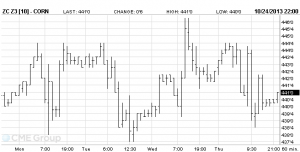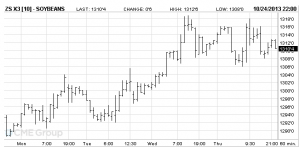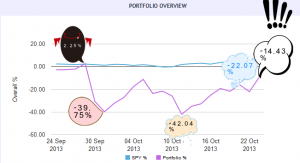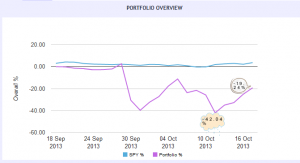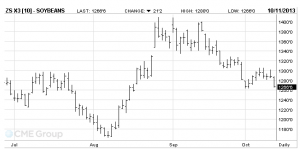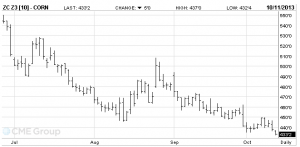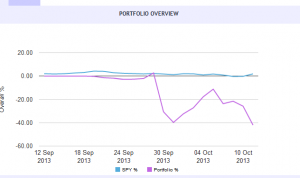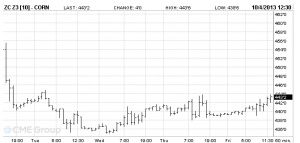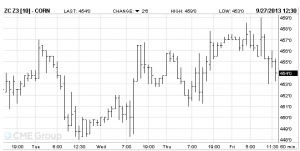Stockholm is currently one of a few urban areas practicing Congestion pricing. The form of its traffic congestion policy is in a congestion tax, and it has been implemented permanently since August 1, 2007, after a seven month testing period in 2003 from January 3 to July 31. Swedish Transport Agency (STA) claims that the primary goal of this policy is to reduce traffic congestion on major roads and improve the environmental quality in these areas. The tax revenue collected by this tax would be used on building new roads in Stockholm as well as areas round it. Drivers are charged with the congestion tax once they enter or exit the Stockholm City Centre, and there are control points at all the main entrances to this area. The effective time is between 6:30 am and 6:29 pm from Monday to Friday. The amount of tax paid by each vehicle varies from SEK 10 to SEK 20, based on the time of day, and the detail is list in Table 1. The maximum amount per day for each vehicle is SEK 60. Payments are automatically charged when vehicles pass each of the control points, and the highest possible amount of penalty for late payments is SEK 500.
Table. 1
| Time of Day | Tax |
| 06:30 – 06:59 | SEK 10 |
| 07:00 – 07:29 | SEK15 |
| 07:30 – 08:29 | SEK 20 |
| 08:30 – 08:59 | SEK 15 |
| 09:00 – 15:29 | SEK 10 |
| 15:30 – 15:59 | SEK 15 |
| 16:00 – 17:29 | SEK 20 |
| 17:30 – 17:59 | SEK 15 |
| 18:00 – 18:29 | SEK 10 |
In general, all Swedish-registered vehicles are required to pay the congestion tax, however, according to STA, there are some vehicles have exemptions from the tax. They are emergency vehicles, buses having a total weight of at least 14 tonnes, motorbikes and military vehicles. Owners of disability parking permits are also allowed to apply to the Swedish Tax Agency to exempt from the congestion tax. One thing special about the Stockholm congestion tax is that there are not only vehicle exemptions but also geographic exemptions. The Island Lidingö is the only access to the congestion tax enforced area; therefore, all vehicles from and to Lidingö are granted with exemptions from the congestion tax and provided with 30-minute road passes.
A study done by the Royal Institute of Technology, The Stockholm congestion Charges-lessons after 5 years, shows that in general, after 5 years of implement, the situation of congestion the Stockholm city center has been alleviated, and the attitude of the majority of the local residents is in favour of the policy. The findings of this study reveal that the tax has generated a substantial impact on traffic flow, and drivers have found alternatives as the response to the increasing trip costs. Data provided by this paper presents a declining pattern of the average number of passages during the period between January 2005 and September 2010. It also points out that the average reduction in traffic volumes in 2011 is 20% while it was 18% in 2008. This proves that the impact of the congestion tax is not temporary and it can be carried on to the future. Around 24% of trips are shifted from cars to public transits, and this indicates that a new driving habit has been slowly developing since 2008. In term of congestion reduction, Stockholm Congestion Pricing has been largely considered as a successful story.
The same paper also analyzes why the public attitude towards the congestion tax has changed from negative to positive very quickly. The first one it suggests is that some local residents have realized that the benefits of the tax exceeds the cost of it: due to the reduction in traffic congestion, their travelling time on the road is much lower than before; thus they might feel it is acceptable to pay a tax in order to “buy their time back”. Besides, the environmental quality has also been improved since the introduction of the tax. The second determinant is the effectiveness of the congestion tax. Studies show that the effectiveness of a policy is highly positively related with the public acceptability. Once the public realizes the benefits of the tax and consequences of these benefits; they start understanding the significance of the policy. The Stockholm Congestion tax has sharply reduced the traffic volumes, and it is obvious to local residents. This is probability the main reason why the attitude of the Stockholm public has changed very much in less than 5 years.
However, the Stockholm congestion tax scheme also has its downsides. As pointed out by International Transport Forum, two main aspects of this tax have been criticized the most: first, the control points are installed at asymmetric places; vehicles from Essingeleden to the south potentially can pass two separate control points. Therefore, it is highly possible that they will charge twice. The other one is the automatic number plate recognition. Number plates in both Sweden and Lithuania have three letters and three digits, and the system fails to distinguish them. Despite of these two technical problems, the successful results are not deniable, and technological innovation should be able to correct these two minor issues. Nevertheless, the case of Stockholm Congestion tax is consistent with the implication of the Fundamental Law of Road Congestion suggested by Anthony Downs. This is another piece of evidence that the supply-side solutions, such as road constructions, would not fix the problem of traffic congestion. Road users fail to take the negative externalities they produce into consideration, therefore, without appropriate government intervention, an efficient outcome is not happening.
Reference:
Borjesson,M.,Eliasson,J.,Hugosson,M and Rundell-Freij,K. 2012. The Stockholm congestion charges-five years on Effects, acceptatbility and lesions learnt. Transport Policy, 20,
pp.1-12
Other resource
International Transport Forum
www.internationaltransportforum.org
Swedish Transport Agency
http://www.transportstyrelsen.se/en/road/Congestion-tax/Congestion-tax-in-stockholm/


